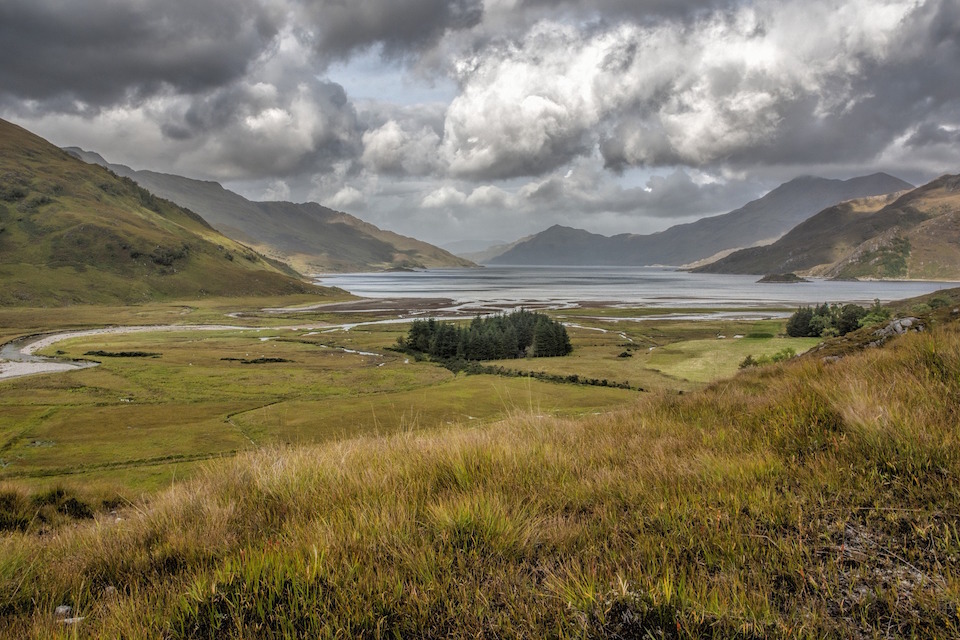Boundary changes are needed in Scotland to solve vote inequality
Writing in the Times, Minister for the Constitution Chris Skidmore, explains how equalising constituencies in Scotland will address a historic injustice in our parliamentary system.

Today the independent Boundary Commission for Scotland will publish their initial proposals to equalise constituencies in Scotland, seeking to address a historic injustice in our parliamentary system.
As it currently stands, constituencies across Scotland are inconsistent, with MPs representing different numbers of people. The idea that one vote equals one vote is a cornerstone of our democracy. It was first proposed by the Chartists in 1838 and yet, nearly 180 years later, this basic principle of democracy has been disregarded.
Currently, constituencies in Scotland are based on data from as far back as 2002. If the Boundary Review is delayed any further, by the time we reach the General Election in 2020, we will be voting on seats based on data that is almost 20 years out of date, disregarding almost 2 decades of change in demographics, house building and migration.
In 2011, the UK government passed legislation to review and update constituency boundaries. It set out the proposals for the Boundary Review which will see the number of MPs across the UK reduce from 650 to 600, saving around £66 million over a Parliament.
Today the Boundary Commission is beginning a consultation on their proposals to equalise the size of constituencies, and reduce the number of Scottish MPs from 59 to 53, in line with reductions across the rest of the UK.
Information on how to take part in the public consultation is currently available on the Boundary Commissions websites for England, Wales, and Northern Ireland
The new rules will ensure that the difference between constituency sizes is no more than 5%, apart from 2 Scottish island constituencies. Orkney and Shetland, and Na h-Eileanan an Iar (the Western Isles) are exempt from the quota rule. The unique, sparsely-populated geography of the Highlands has also been specifically addressed in the legislation.
The proposals will be subject to an initial 12-week public consultation, followed by a further 2 rounds of consultation in 2017. Final recommendations will be submitted by the commission in autumn 2018, and then presented to Parliament.
It’s key now that the public’s views are heard on the detailed proposals, and I’d encourage people to get involved.
The basis and timetable for these reforms were agreed and passed by Parliament and will ensure every vote has equal worth, while at the same time significantly reducing the cost of politics. In all areas of public life, savings have been made in order to live within our means. As MPs, we must also put our own house in order. It is right that we should find savings too.
The UK government is committed to ensuring fair and equal representation for the voting public across the UK is in place by the next general election.
Information on how to take part in the public consultation is available on the Boundary Commission for Scotland’s website.